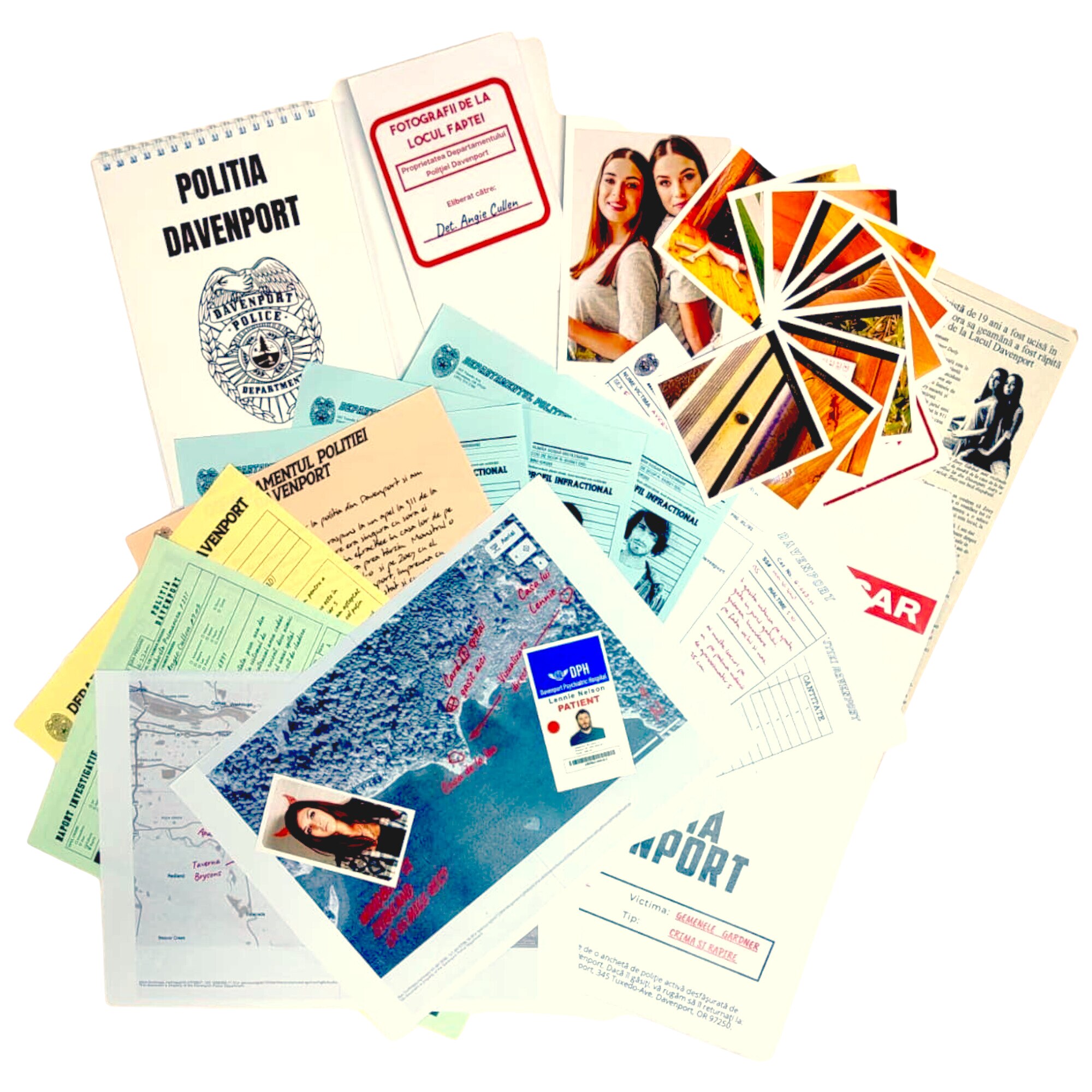Corrections And Clarifications: Best Practices For Journalists And Writers

Table of Contents
Identifying the Need for a Correction or Clarification
Self-editing and rigorous fact-checking are the cornerstones of accurate reporting. Before publication, every piece of writing should undergo a thorough review to identify potential errors. This process helps prevent the need for corrections and clarifications in the first place. However, even with meticulous attention to detail, errors can slip through.
Situations requiring corrections include:
- Factual errors: Incorrect dates, names, statistics, or descriptions of events. A simple typographical error might necessitate a minor correction, while a more significant factual inaccuracy requires a more substantial clarification.
- Misleading information: Information presented in a way that distorts the truth, even if technically not factually incorrect. This can involve biased phrasing, omission of crucial context, or selective use of data. Addressing misleading information requires a careful clarification to restore accuracy and balance.
- Misquotes: Inaccurately representing someone's words. This undermines the credibility of both the writer and the source, making a prompt and accurate correction imperative.
To proactively minimize errors:
- Reviewing work for factual accuracy before publication: Multiple rounds of editing and proofreading are crucial.
- Using multiple reliable sources to verify information: Triangulating information from different credible sources adds layers of verification.
- Seeking clarification on ambiguous statements: If there's any doubt about a fact or statement, contact the source for clarification before publication.
- Double-checking names, dates, and figures: Pay particular attention to details that are easily overlooked, but are crucial for accuracy.
Crafting Effective Corrections and Clarifications
Promptness and transparency are key to handling corrections and clarifications effectively. The longer you wait, the more damage the error can cause. A prompt correction shows responsibility and respect for your audience. Transparency involves openly acknowledging the mistake without making excuses.
A good correction should:
- Acknowledge the error: Don't shy away from admitting the mistake; straightforward language conveys sincerity.
- State the correction clearly: Explain precisely what was wrong and what the correct information is. Use clear and concise language, avoiding jargon.
- Avoid defensiveness: Don't try to justify or minimize the error. A simple, direct correction is the best approach.
When publishing corrections:
- Issue corrections as quickly as possible: The faster the correction, the less harm caused.
- Use clear and concise language, avoiding jargon: Make the correction easy for everyone to understand.
- Place corrections prominently: Make it easily visible – at the top of the article or in a dedicated "Corrections" section.
- Consider using a standardized format for corrections: Consistency in formatting helps readers easily identify corrections.
- Avoid minimizing or downplaying the error: Be upfront about the nature and significance of the mistake.
Choosing the Right Platform for Corrections and Clarifications
The platform for your correction should match the visibility of the original publication. A minor error in a blog post might only require a correction note at the bottom, while a significant error in a major news article necessitates a more prominent correction on the website and potentially social media.
Consider these options:
- Republishing corrected articles on websites: For online publications, republishing the corrected article is often the most effective method.
- Issuing corrections through social media platforms: If the original publication was widely shared on social media, issuing a correction there is equally important.
- Including corrections in print editions where applicable: For print publications, a correction notice in a subsequent edition is necessary.
- Considering the use of correction notices for less significant errors: Minor errors might only require a brief correction note.
Learning from Mistakes: Preventing Future Errors
A robust fact-checking process is crucial for preventing future errors. This goes beyond individual effort; it necessitates a systematic approach across the entire editorial team.
To improve accuracy:
- Implementing stricter editorial review processes: More thorough review by multiple editors helps catch mistakes.
- Investing in fact-checking tools and training: Technology and training can equip journalists with the skills and resources for verification.
- Developing a culture of accountability and continuous improvement: Foster a workspace where admitting mistakes isn't penalized but seen as an opportunity to learn.
- Regularly reviewing and updating fact-checking protocols: Regularly re-evaluating and improving fact-checking processes is essential.
Conclusion
Handling corrections and clarifications effectively is vital for maintaining credibility and building trust with your audience. By promptly acknowledging and rectifying errors, you demonstrate a commitment to accuracy and transparency, crucial aspects of responsible journalism and writing. Proactive measures and a robust fact-checking process are key to minimizing future mistakes. Embrace the opportunity to learn from each correction and consistently strive for accuracy in all your work. Remember, implementing best practices for corrections and clarifications will strengthen your reputation and your audience's faith in your reporting. Make accuracy a top priority and establish clear guidelines for corrections and clarifications within your organization.

Featured Posts
-
 Live Dagskra Bestu Deildin Valur Vonast Til Sigurs
Apr 30, 2025
Live Dagskra Bestu Deildin Valur Vonast Til Sigurs
Apr 30, 2025 -
 Ryan Coogler Un Reboot De X Files En Preparation
Apr 30, 2025
Ryan Coogler Un Reboot De X Files En Preparation
Apr 30, 2025 -
 Dosarele X Cazuri Nerezolvate Si Perspective De Redeschidere Viata Libera Galati
Apr 30, 2025
Dosarele X Cazuri Nerezolvate Si Perspective De Redeschidere Viata Libera Galati
Apr 30, 2025 -
 Document Amf Ubisoft Entertainment Cp 2025 E1027692 Decryptage
Apr 30, 2025
Document Amf Ubisoft Entertainment Cp 2025 E1027692 Decryptage
Apr 30, 2025 -
 Michael Jordan Fast Facts And Key Highlights
Apr 30, 2025
Michael Jordan Fast Facts And Key Highlights
Apr 30, 2025
